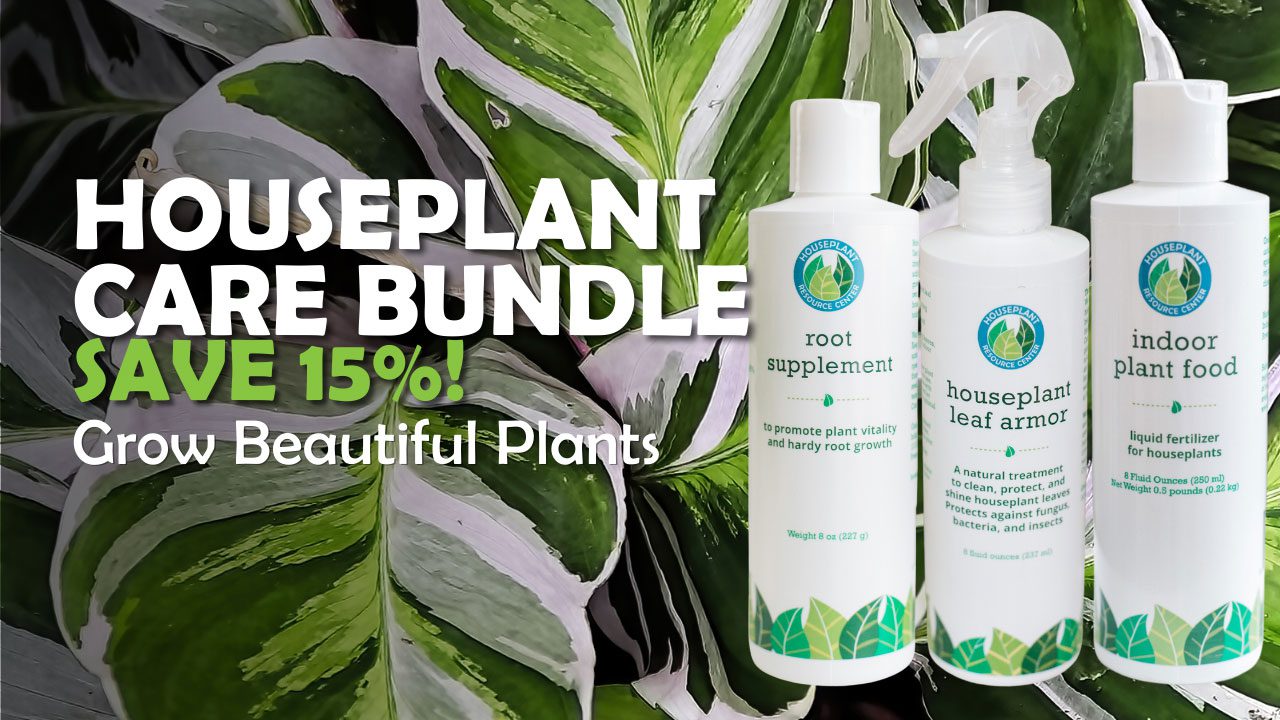Table of Contents
How to Care for Bromeliads
Bromeliads, or members of the Bromeliaceae family, are another common type of houseplant you’ll find in local nurseries and online growers that are beautiful and easy to care for!
These plants mostly come from tropical regions of Central and South America with a few other species scattered across other areas. Some varieties grow in the desert (these are considered succulents) and other climates as well.
Some of these flowering plants are epiphytes, which grow on other plants, and others grow in the ground. This family is large and diverse, but a few species have been cultivated as excellent houseplants thanks to their brightly-colored foliage and easygoing nature.
Fun fact: The pineapple is a member of this family!
Characteristics of Bromeliads
Leaves usually grow in a rosette pattern
The leaves of bromeliads vary greatly, but in most cases, they grow in a circular pattern around a center, much like a rose.
Water is collected between the leaves
Almost all bromeliads grow leaves that reach upward, which create little “cups” to trap water between those leaves. This allows them to gather and store water without a robust root system, which benefits both the plant as well as friendly insects and small amphibians that may make their homes there in the wild. Neat!
Trichomes
Trichomes are little scales or hairs on the outside of the plant that help it capture water in humid climates. These are part of the reason why these plants can thrive in so many environments!
How to Care for Bromeliads
Water
Bromeliads don’t like “wet feet”, or hanging out in standing water, so it’s important to let the soil dry out a bit between waterings.
There are two ways to water a bromeliad: by watering the soil until water just starts to drain out the bottom, or by filling the “cups” between the plant leaves.
If you live in a warmer, more humid environment, you might be fine to water the soil as you would with any other plant. If you live in a drier climate, you may want to fill the cups so the plant has more water to hold onto. Make sure to empty these cups each week and refill with fresh water.
Light
Most bromeliads prefer medium to bright sunlight, so an east-facing window is ideal. Placing it near a south or west facing window may also work.
Soil and pot
Since bromeliads don’t have a strong root structure and sometimes even grow on other plants, they do well in shallow pots and a fast-draining soil. Some people even glue or pin bromeliads to logs or wooden boards!
Plant in a sandy, fast draining potting mix (like coarse cactus soil) in a pot with drainage.
Temperature/Humidity
Most indoor temperatures work well for bromeliads, as they thrive in temperatures between 55 and 80 degrees F. Most prefer a decent amount of humidity, so make sure to fill the cups if you live in a dry climate or place the plant (pot and all) on a shallow dish filled with pebbles and water to create upward humidity as the water evaporates.
Fertilizer
Like all plants, bromeliads need nutrients to grow their stunning, color foliage. Indoor Plant Food contains the perfect NPK ratio to help your bromeliads grow strong, vibrantly-colored leaves. The best part is, it’s gentle enough to use with every watering, so you don’t have to remember a fertilizing schedule!
You can get Indoor Plant Food on Amazon.
Bromeliads are beautiful, unusual, and pretty easygoing houseplants! They make a stunning addition to your houseplant collection and are a great way to brighten up your space.




